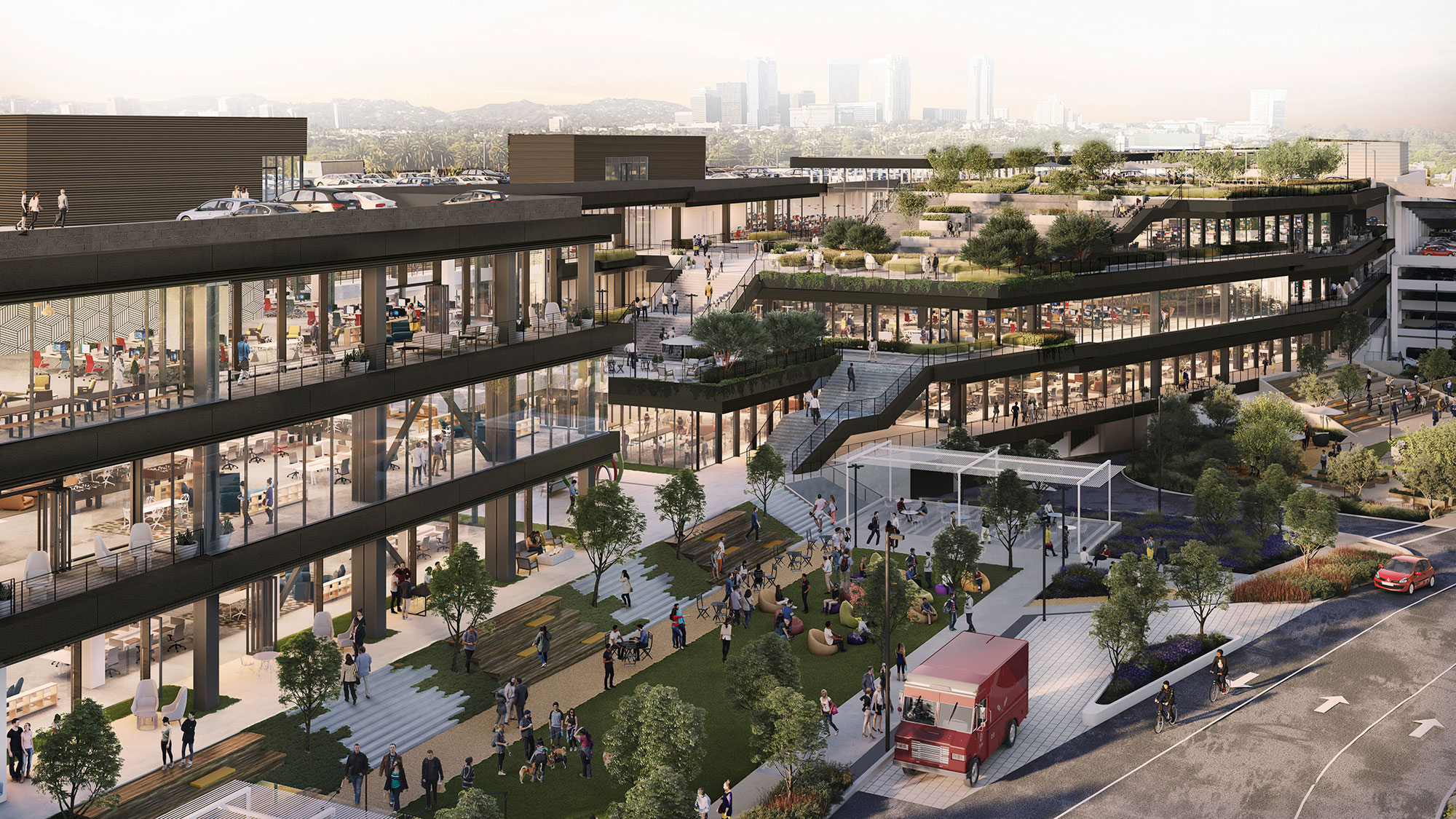A Framework for Fostering Climate Resilience and Preparedness in the Built Environment
June 10, 2022 | By Rives Taylor, Anita Grabowska
According to a February 2022 report by the United Nations Intergovernmental Panel on Climate Change (IPCC), the world faces unprecedented threats to urban centers, coastlines, and farmlands in the coming decades if we do not take drastic action to reduce greenhouse gas emissions. Amid these dire projections for the latter half of this century, it can be easy to overlook the fact that many people are experiencing adverse effects of the climate crisis today.
Based on data from our recently published U.S. Climate Action Survey 2022, extreme weather events have personally impacted 87% of U.S. residents since 2019 — and as a result of these extreme weather events, 62% of U.S. adults have experienced disruptions to their daily lives, and 58% have experienced disruptions in infrastructure. Yet across all segments we explored the data through, less than a third of respondents think their community has a plan to address climate change, and only 18% of respondents feel their communities are built to withstand climate change.

We have an opportunity to help communities prepare for the impacts of climate change with holistic strategies that prioritize design resilience.
Within the U.S. Climate Action Survey 2022, we introduce a new roadmap for climate action through design that is anchored by four pillars: environment, economy, experience, and equity. Each of these pillars serves an important role in the greater framework, with the ultimate goal of inciting positive action and creating preparedness in the built environment.

Environmental preparedness
To achieve environmental preparedness as an industry, we must aggressively pursue strategies to minimize the amount of carbon emitted into the atmosphere by the built environment. At the same time, we must invest in adaptation strategies for the future, to reduce the impacts of climate change on our built environment.

Economic preparedness
To achieve economic preparedness, we must address the unique interplay between our buildings and cities and the fragile and aging infrastructure systems across the country. Additionally, the design industry must prepare to address unique concerns across the residential sector, particularly regarding the insurability and long-term value of property in the face of extreme weather events.

Experiential preparedness
As we navigate the challenges of climate change, we must take a holistic approach to understanding the unique experiences of our clients and communities while promoting cultural resilience and preparedness. In turn, this understanding will promote collective action that improves quality of life, human health, and social connection.

Experiential preparedness
As we navigate the challenges of climate change, we must take a holistic approach to understanding the unique experiences of our clients and communities while promoting cultural resilience and preparedness. In turn, this understanding will promote collective action that improves quality of life, human health, and social connection.

This framework directly aligns with the Gensler Cities Climate Challenge (GC3) initiative, our pledge to eliminate all net carbon emissions associated with our work within a decade. As designers, we have a unique opportunity and obligation to create preparedness in the built environment. Through these strategies, we can work with our clients and communities to create optimism for a resilient future.
For more information about fostering preparedness in the built environment, download the U.S. Climate Action Survey here.
For media inquiries, email .


